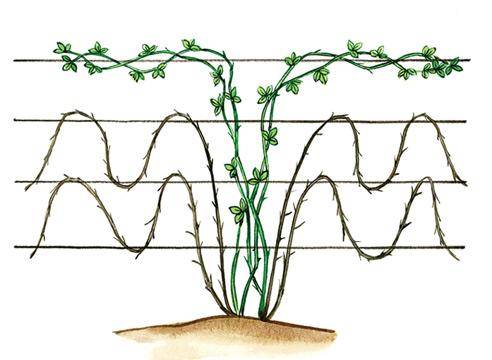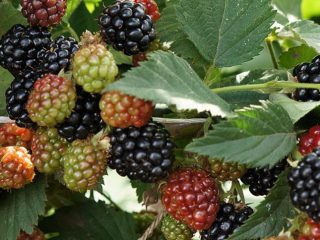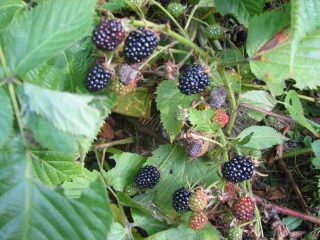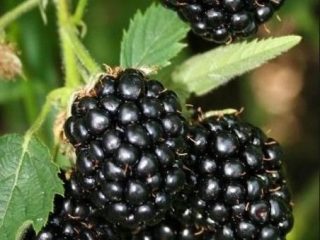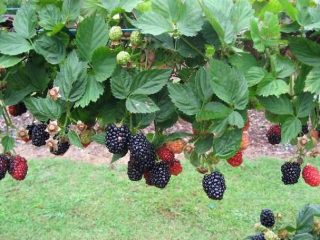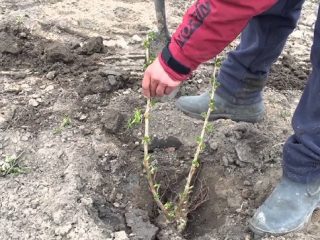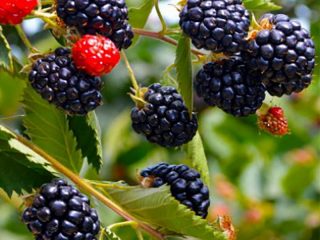Content
Arapahoe blackberries are a heat-loving Arkansas variety that is gaining popularity in Russia. The sweet, aromatic berry has somewhat lost its yield, adapting to the cool climate. Let's look at what you need to successfully grow a crop.
History of selection
The variety is the result of breeding work by Arkansas scientists. Appeared by crossing the forms Ark-631 and Ark-883. The author is scientist James N. Moore, under whose name it is patented. Used in America since 1992.
Description of the berry crop
A description of the Arapahoe blackberry should be given in order to have a broader understanding of the variety. This representative of the family is practically no different in appearance from other species of this culture.
General idea of the variety
Arapahoe blackberry bush with powerful straight shoots.They have side branches on which berries appear. In Russian regions, the height of the bush reaches 3 meters. The leaves are green, formed from five blades, jagged along the edges. It blooms with white flowers of 5 petals, collected in a brush of 6 pieces.
Fruits with conical berries. There is an opinion that this variety is the best in terms of taste and smell.
Berries
Looking at photos of Arapahoe blackberries, we see shiny, black fruits. The largest ones reach a weight of 10 g, but mostly their weight is 5-6 g. The seeds are small. The berry is regular in shape, dense, and easily transportable. The taste is sweet and delicate.
Characteristic
Characteristics of the Arapahoe blackberry variety include the following:
- Flowering period and harvest time.
- Crop yield.
- Use of berries.
- Diseases and pests and ways to combat them.
- Advantages and disadvantages.
Let's take a closer look at these points.
Main advantages
Blackberries are an unpretentious plant, but careful care will allow you to get a good harvest every year. It is drought-resistant, winter-hardy, but requires shelter for the winter. An important feature of the variety is the absence of thorns, which makes it easier to pick berries and care for the bushes.
Flowering period and ripening time
The beginning of flowering is June-July. In the southern regions, the fruits appear at the beginning of July, in the middle zone - on the 20th of the month. The timing depends on weather conditions. In early spring, flowering and fruiting may begin 1.5 weeks earlier.
Yield indicators, fruiting dates
Fruiting of Arapahoe blackberries continues from July to August, usually lasting for 4 weeks. The period depends on the growing region. By moving plantings further north, harvesting dates are shifted by 1.5 weeks.
The Arapaho blackberry variety has an average yield per bush of 4 kg, but the further north it grows, the smaller the yield.
Area of application of berries
Blackberries contain useful microelements and vitamins. Used in cooking. It is beneficial to brew tea from the leaves. Extracts from the berries are added to perfumes, medicines and herbal preparations.
Resistance to diseases and pests
Description and characteristics of Arapahoe blackberries indicate its resistance to disease. Despite this, conditions should be created to prevent their occurrence.
Advantages and disadvantages
The Arapahoe blackberry variety has a number of characteristic features. Among them, positive and vice versa characteristics of the variety can be distinguished.
Advantages:
- Sweet.
- Juicy, aromatic.
- Small seeds.
- Transportable.
- Unpretentious.
- Has no thorns.
Flaws:
- Not frost resistant enough.
- Low yield.
- The harvest decreases as you move north.
Reproduction methods
The best way blackberry propagation Arapahoe - bend the top of the shoot to the ground, secure it with a clothespin and sprinkle with soil. The plant will begin to take root. By next spring we can separate it from the mother bush and use it as an independent seedling.
Propagation by root layering is used. The strongest, straight shoots are left until autumn, when they form their own root system. The young plant is dug up and planted in the right place.
Landing rules
Planting and caring for Arapahoe blackberries requires meeting certain requirements that will ensure good development of the plant and a decent harvest.
Recommended timing
Arapahoe blackberries are planted in the spring before buds open and at a temperature of +15 0WITH.
For the central region, planting dates are April and October.
Choosing a suitable location
When choosing a location, you should take into account that the plant requires protection from bright sunlight and wind. It is convenient to plant along the fence, retreating one and a half meters from it.
Soil preparation
Bushy Arapahoe blackberries require fertile soil with good drainage; sandy loam fertilized with compost or humus is suitable.
Selection and preparation of seedlings
A blackberry seedling of the Arapahoe variety must have at least 4 developed roots 10 cm long, pay attention to the presence of a basal bud.
A good top has two stems and fresh foliage. The seedling must be free of signs of disease and damage.
If the seedling is purchased in a pot, it is enough to water the soil well so that the roots are saturated with water. Remove damaged roots and branches, shorten too long ones.
Algorithm and landing scheme
Thornless Arapahoe blackberries are easier to plant. Its stems are erect and the gap between them is a meter and 2-3 m between the rows.
The holes for seedlings are prepared two weeks before planting. Their size is 40x40 cm, the depth is the same. Humus, superphosphate and potassium are added to each. The root collar needs to be deepened, 3 cm on light soils, 2 cm on loams.
After covering the roots with soil, the seedling is watered and the ground around is covered with mulch. The seedlings are watered regularly for one and a half months.
Subsequent care of the crop
The principle of caring for blackberries does not differ from the usual for berry bushes - watering, loosening, pruning, harvesting, preparing for wintering.
Growing principles
Powerful shoots of Arapahoe blackberry require garter.They arrange a trellis from racks, up to 2 meters high, and attach 3 rows of wire. The shoots are formed with a slope towards the ground so that they do not break when placed under winter shelter.
The shoots between the rows are cut out. Up to 6 replacement shoots are left in the bush, which will ensure a good harvest.
The tops of young shoots are cut off at a meter level to obtain side branches on which berries are formed.
Necessary activities
Growing Arapahoe blackberries includes the following activities:
- Watering.
- Feeding.
- Loosening.
- Mulching.
The variety is drought-resistant and requires watering when planting. In the future, it is watered during severe drought and before wintering.
Loosening the soil enriches it with oxygen and removes soil crust. To avoid doing this often, you can simply mulch the soil regularly. Mulch prevents growth weeds, protects roots from drying out and overheating.
Shrub pruning
In the year of planting seedlings, the inflorescences are removed so that the root system develops better. The next year in the spring, before the buds open, the tops of the shoots are cut off at a height of 1.5-2 m.
Every year, broken and dried shoots are cut off, shortening them to a living bud.
At the beginning of summer, young shoots are removed, leaving no more than 6 trunks. They pinch off the tops by 5 cm for better branching.
In the fall, shoots from which the harvest is harvested are cut out onto stumps. For a complete understanding of cultivation, it is better to watch a video about Arapahoe blackberries.
Preparing for winter
In the fall, when the temperature is close to zero, the blackberry stems are removed from the trellises, tied into bunches, bent to the ground and secured so that they do not rise.
The roots are mulched with peat, leaves, and humus. Falling snow will complete the work. Such shelter is quite enough for the blackberries to overwinter.
Diseases and pests: methods of control and prevention
Here are the main dangers for the development of blackberries and ways to eliminate them.
Pests or diseases | Signs | Fighting methods | Processing frequency |
Blackberry mite | Ugly fruit appears | Treatment with fitoverm, fufanol, actellik | Before and after flowering. |
Raspberry beetle | Holes on leaves and ovaries, rotten berries. | Treatment with fitoverm, fufanol, actellik every 10 days. | Before and after flowering. |
Powdery mildew | White coating on leaves and berries. | Spraying with oxychome, foundationazole, Vectra. | Before flowering, when the ovary appears. |
Conclusion
Arapahoe blackberries are increasingly appearing in summer cottages. This shrub will provide delicious aromatic berries the next year after planting. If you make even minimal efforts to care for it, it will produce crops for at least 10 years. A beautiful trellis of blackberry bushes will serve as a green fence for your garden.
Reviews
Reviews about Arapahoe blackberries are very diverse, sometimes radically opposite.
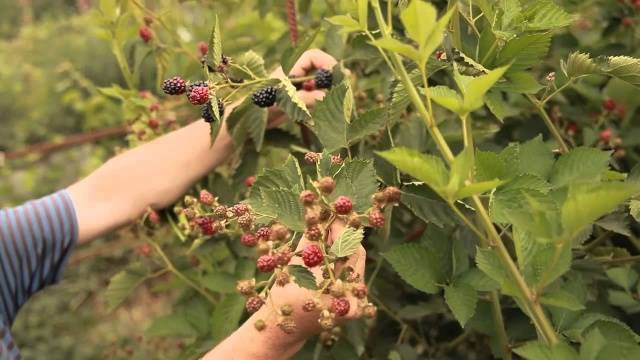
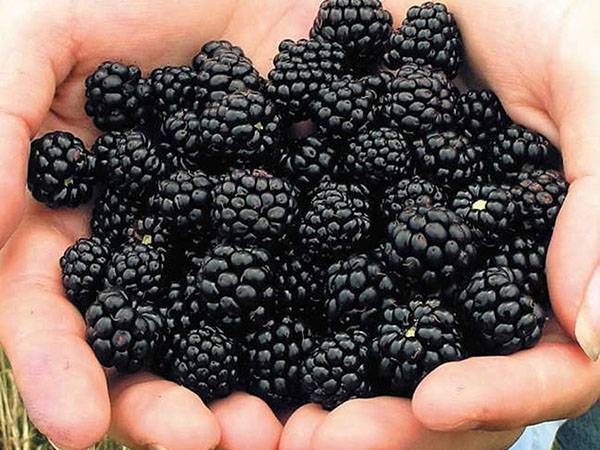
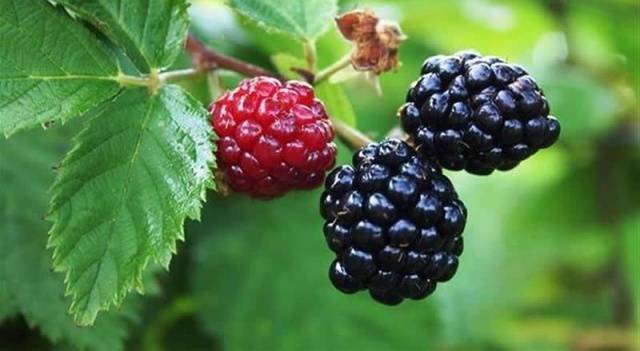
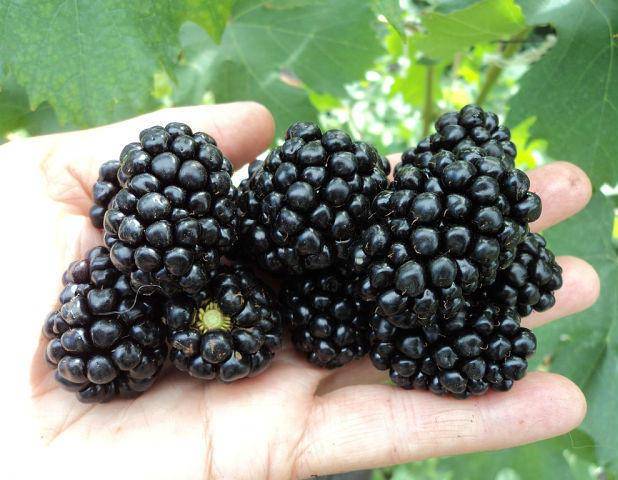

.jpg)
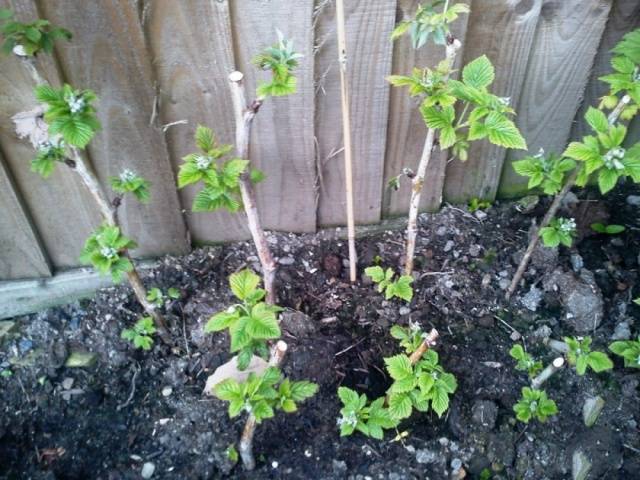
.jpg)
